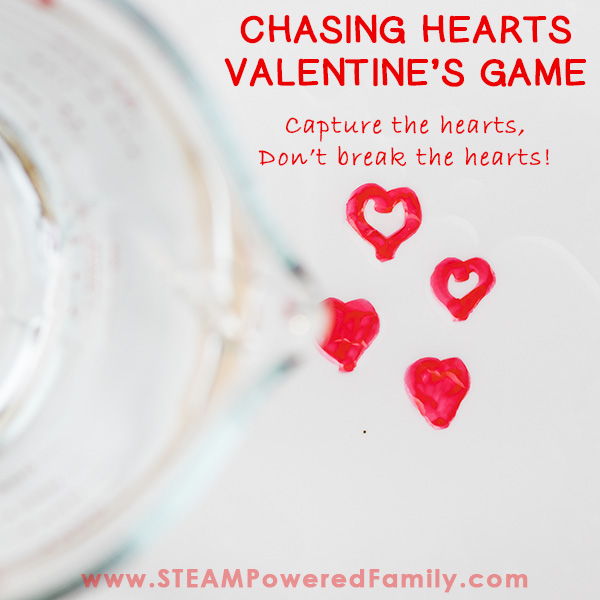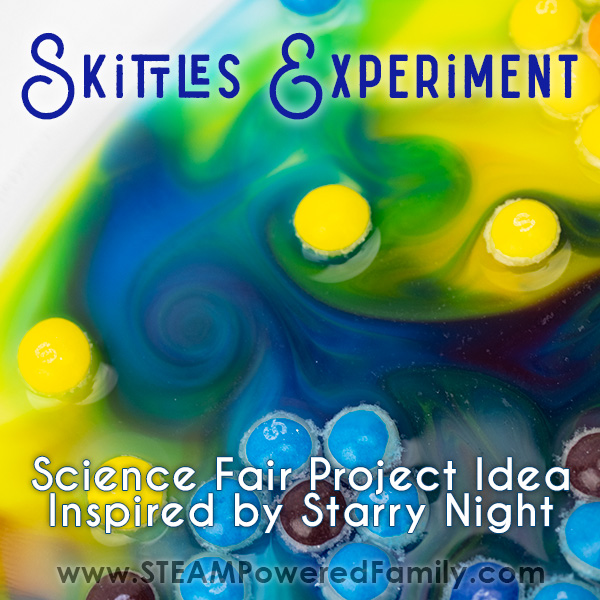Magic Glitter Handwashing Experiment
Handwashing has never been such an important topic! Although we have done quite an extensive study into the importance of handwashing, today I wanted to do something more simple, quick and highly visual. Introducing the Magic Glitter Handwashing Experiment.
Demonstration – Soap vs Viruses

Disclaimer: This article may contain commission or affiliate links. As an Amazon Influencer I earn from qualifying purchases.
Not seeing our videos? Turn off any adblockers to ensure our video feed can be seen. Or visit our YouTube channel to see if the video has been uploaded there. We are slowly uploading our archives. Thanks!
When we did our last experiment exploring the importance of handwashing we went really in-depth. We created a full on lab and did petri dish testing that took days to complete. The results were stunning and left a huge impact on the kids about the importance of handwashing.
But there was a step missed.
We showed how bacteria and such can be lingering all all sorts of different surfaces in the house, but we didn’t explore how soap helps combat them and remove them from our hands.
The Power of Soap
That’s where this simple and quick demonstration comes in. Soap has some interesting properties that cause it to interact in fascinating ways with fats, proteins and water.
We learned about these properties in our Magic Milk experiment.
In this study we are doing a quick demonstration to see the impact soap has on viruses and bacteria.
Magic Glitter (or the Pepper Experiment) Supplies
For our experiment we wanted to use colours and fun. Brightening our day with colourful and stunning experiments is a great way to inspire the kids. So we did our experiment with glitter. You can also use pepper for this experiment.
To do this experiment you will need:
Glitter (or pepper) – About a tablespoon but adjust to your preference
Water (just enough to fill your dish about 1 cm deep)
Dish soap (only a small amount is required, about 1 teaspoon)
Shallow dish or plate
Cotton swabs or use your finger!
*A NOTE ON GLITTER – Glitter has become very controversial due to the negative impacts on the environment, but I know many of you still love a little sparkle in your projects! When it comes to glitter, I believe it is always optional. None of my projects require it. But if you decide you do want a little sparkle and shine in your creations, I highly recommend using a biodegradeable glitter. There are lots of fantastic options available.
Directions
Fill your dish with water (room temperature) until it is about 1 cm deep.
Sprinkle the glitter (or pepper), into the middle of the dish. Some of it might float around. A few floaters is fine. We used about a tablespoon worth in a variety of colours and shapes.
Now have your child dip their finger or a cotton swab in the glittery water. What happens? The glitter (viruses) stick to the swab or finger.
Now grab a new cotton swab or wipe off your finger. Place some dish soap in a small dish or cup. Dip your finger or new cotton swab in the dish soap. Make sure to dip it right in so you get a good coating of soap. Then touch in the middle of the glittery water.
What happens?

Woah! Mind-blowing, right?
The Science of Soap and Handwashing
This experiment mimics how germs are removed from hands with soap during handwashing. It isn’t perfect though. Our Magic Milk experiment actually does a better job of demonstrating how soap interacts with fats, proteins and water (hence virus cells). But here is a snap shot.
Soap is made up of molecules with a dual nature:
- One end of the molecule is attracted to water and repelled by fats and proteins.
- The other end is attracted to fats and proteins and repelled by water.
A virus is held together by a coating of fats and proteins. When the soap molecule that is attracted to fat and protein inserts itself into the virus’s shell, the chemical bonds holding the virus together are broken apart. This effectively kills the virus cells.
So what is actually happening in this demonstration?
The glitter (or pepper) floats on top of the water because it is hydrophobic, meaning that water is not attracted to it. That means it will not dissolve in the water.
But why does it float on top of the water instead of in the middle or sinking to the bottom? The answer is something called surface tension. Water molecules like to stick together. They line up in a certain way that gives the top of the water surface tension. Because glitter is so light, and hydrophobic, the surface tension keeps it floating on top.
So why does it disperse to the edges of the dish when soap is added?
In addition to it’s traits we explored in Magic Milk with it’s dual nature, soap also breaks down the surface tension of water. Breaking this surface tension is why soap is so good at cleaning.
When the soap mixes into the water it changes the surface tension causing the glitter (or pepper) to stop floating on top of the water. The water really wants to maintain it’s surface tension so it pulls away from the soap towards the edges of the dish, carrying the glitter (or pepper) with it.
Isn’t science fascinating?
The Most Important Part of Handwashing
Although our glitter scattered quickly when we touched it with the soap, to be effective in washing your hands it is important to wash for at least 20 seconds and make sure you massage the soap over your entire hand, including between those fingers and the backs of your hands.
This demonstration may not really show how soap helps protect us from virus and bacteria, but it is still a powerful demonstration for kids to learn why they need to use soap and wash!
Extensions
Want to dig in more? Why not test this experiment with different temperatures of water? Or try different soaps. Does the same thing happen with hand soap? What about laundry soap? We know pepper and glitter work, what other things can you think of to sprinkle on the water to test?
Keep the learning going with more science experiments!










